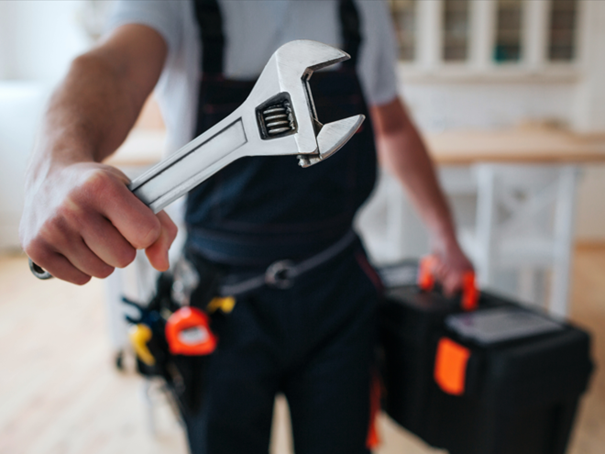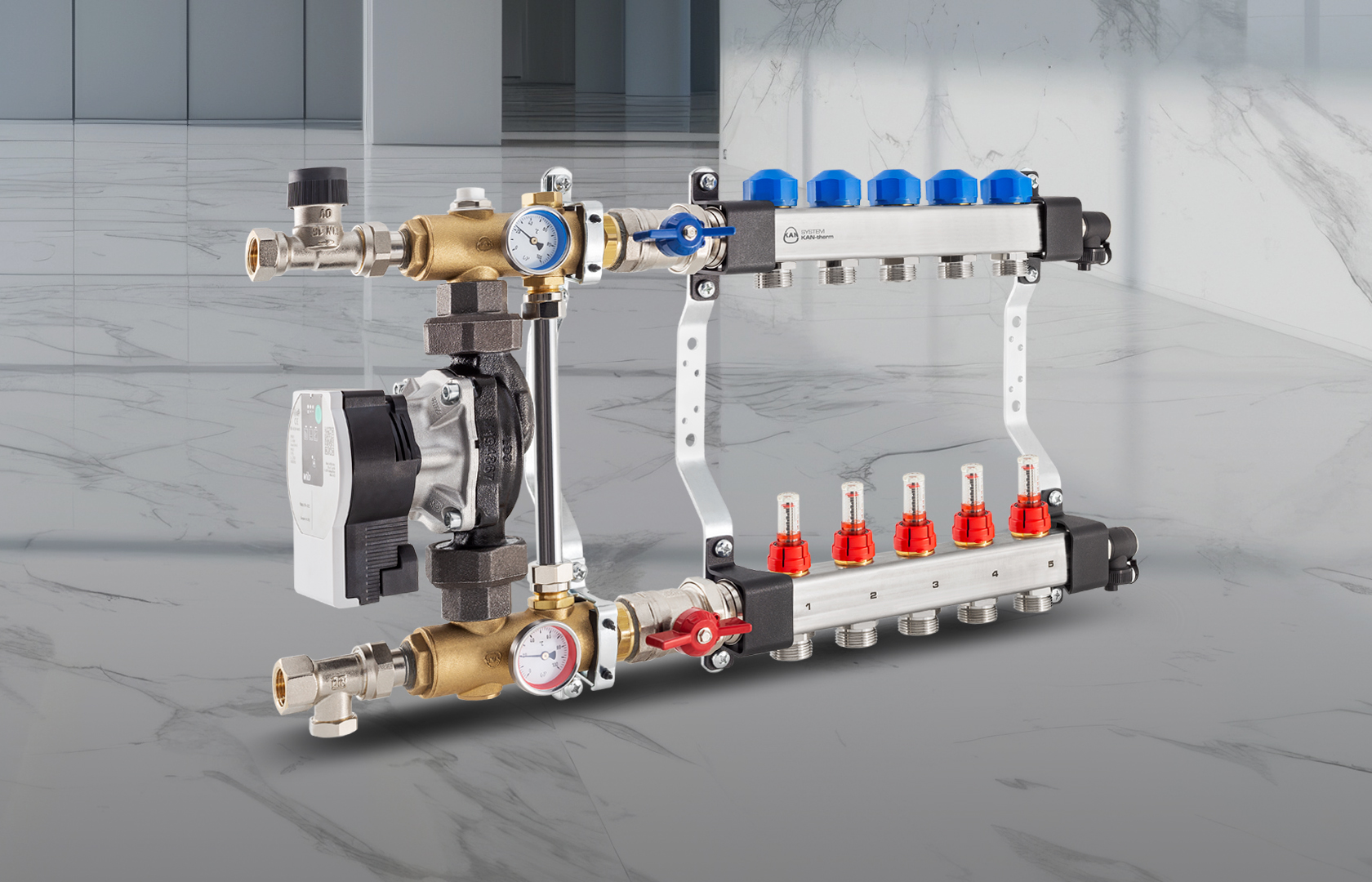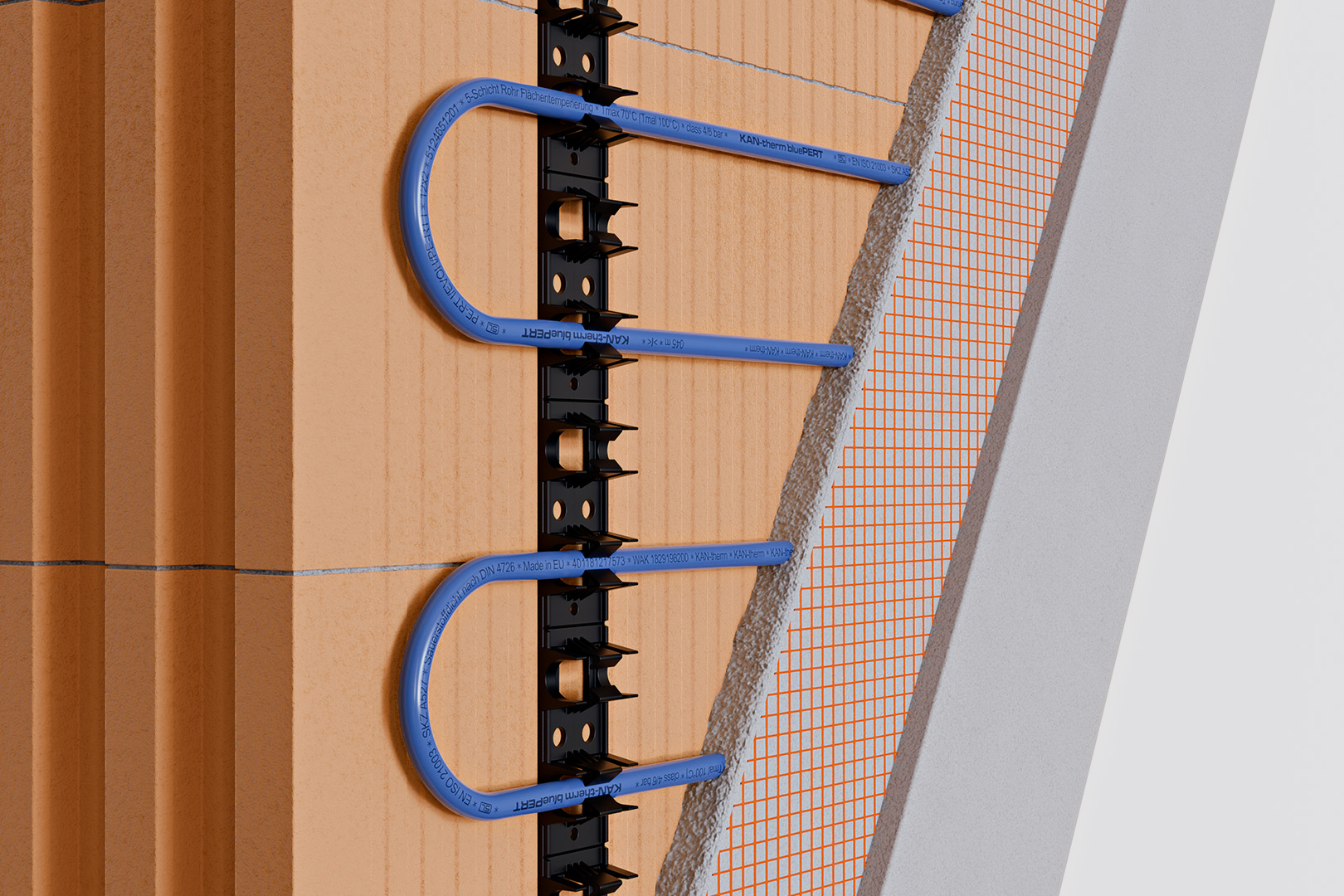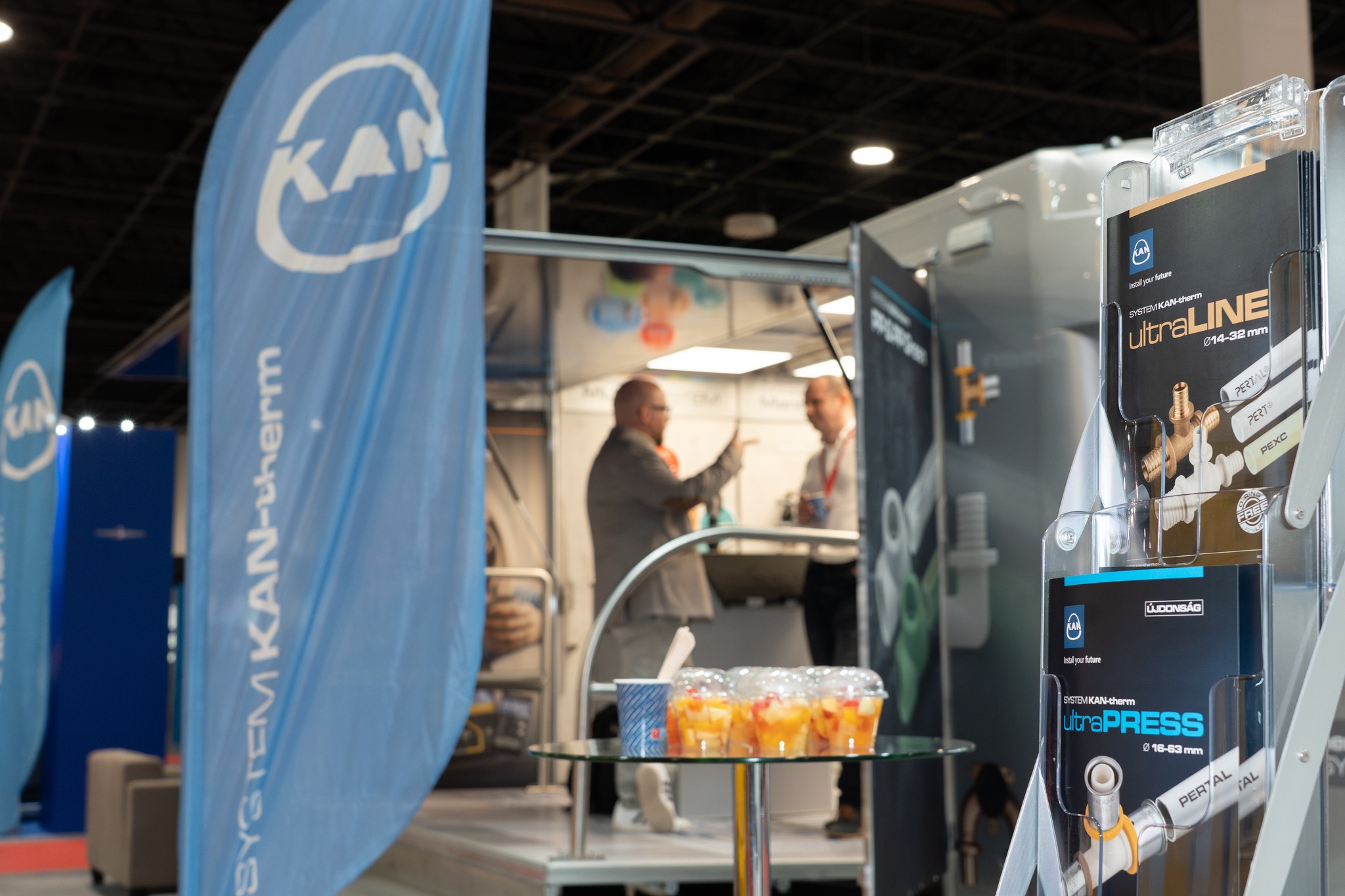The process of preparing equipment for summer consists of several steps and depends on the type of heat source used.
When you are sure that you will not be using the heating in the near future, you should carry out an in person inspection according to the following steps after the system has been finally switched off:
EMPTYING THE INSTALLATION
If the heating installation system uses untreated water, the water should be completely replaced at least once a year. If this step is omitted and untreated water is used for an extended period of time, contaminants and chemicals can build up in the water and deposit on the inner walls of the pipes.
Distilled water and heat transfer fluids do not affect adversely the condition of the equipment, but still need to be drained. It is worth knowing that any faults are easier to detect in a water-depleted system.
If the system is filled with corrosion inhibitor fluid, a water sample should be taken and the concentration of the inhibitor should be checked using commercially available test items as the correct amount minimises the occurrence of corrosion on unprotected system components.
CHECKING THE SYSTEM FOR LEAKS
Particular attention should be paid to pipe and radiator connections. Leaks can be identified by the presence of rust on radiators and traces of liquid on the floor or near the pipes. If this is the case, care should be taken to seal system components to avoid problematic situations at the start of the heating season.
GENERAL ACTIONS
Once the liquid has been drained from the system and the pipes have been inspected, the next steps can be taken. To prevent corrosion and scale on the inside of the pipes, the system should be cleaned. For this purpose, a special cleaning fluid is used, which has antibacterial properties and dissolves scale deposits and dirt. Such disinfection, if carried out once a year before maintenance, will effectively clean the system and protect it from the harmful build-up of deposits in the pipes.
An integral part of the heating system is the KAN-therm SMART and Basic+ control automation. It allows you to control the thermal comfort temperature of your home, control the various heating modes, as well as the operation of pumps and heat sources. Automation includes a valve and pump protection function, which protects system components from stagnation during a prolonged break.
Summer time is the perfect time to detect faults, replace faulty parts and repair the system without risking thermal comfort, as we would risk if a breakdown occurred in winter. Therefore, use this time to carefully inspect all components and, if any irregularities are detected, have them repaired as soon as possible. This is worth bearing in mind, especially when the system is heavily used in winter.
All instructions, the 'Designer and Contractor Guidebook' and pressure test reports can be found on our website. You can also contact KAN technical department if required.

